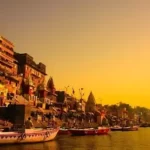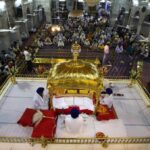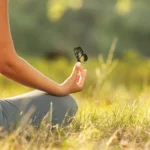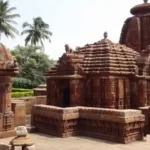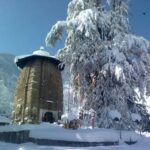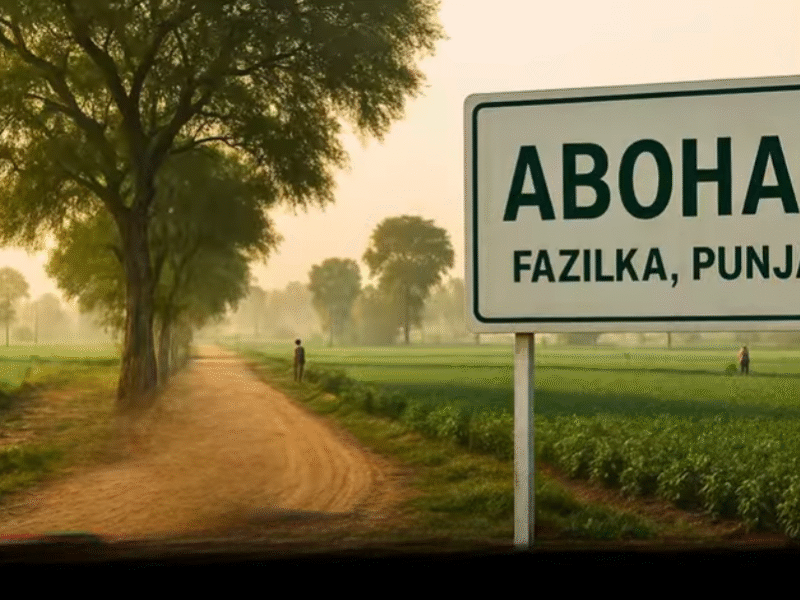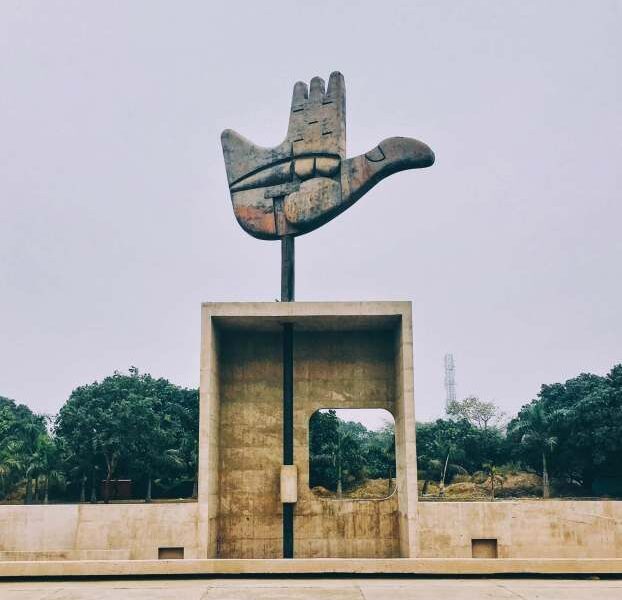Holi, the celebration with colours, is perhaps the most colourful of all Hindu celebrations. It is the conclusion of the winter period in India and the beginning of the springtime. People play with colours, greet and congratulate one another, and develop new starts on this lively day. Each of us looks forward to Holi because of the enthusiasm and vibrancy it offers. Holi is a festival that takes place on the full moon day in the month of Phalguna (Feb-Mar). This holiday commemorates the triumph of good over evil. We all go shopping for gulals and delicacies to commemorate this event.
According to legend, the evil monarch Hiranyakashyap grew stronger as a result of his devotion to God, and he ordered his subjects to address him as a god or face harsh repercussions. Prahlad, Hiranyakashipu’s son, was a devout follower of Lord Vishnu who overcame the plots of Holika, who sought to deceive him and murder him with a bonfire, and his father, who attempted to end his life several times. Lord Vishnu was always there to save Prahlad. Since then, Holi has been commemorated on the day after Holika was burnt in a bonfire to honour the victory of Good over Evil.
Hindus are the main participants in the Holi Festival. However, because one of the event’s key themes is togetherness, the celebration is quite inclusive. As a result, while the Holi Festival is steeped in Hindu history, it is a worldwide event. It pulls people together and allows them to let go of their restraint, allowing them to feel as if they are part of one large colourful group.
Let’s explore more and know 10 facts about the Holi festival:-
- The festival’s title, Holi, has a fascinating origin. It is named after Holika, the sister of the demon King Hiranyakashyap” from Hindu belief, according to folklore. People begin collecting wood and flammable items for the campfire in parks, leisure centres, near shrines, and other outdoor spaces days before the event. An effigy of Holika, who lured Prahalad into the fire, stands atop the pyre.
- Holi seems to be the only day of the year when Indian children are allowed to get dirty! Indian parents have a reputation for being obsessive about cleanliness, particularly when it comes to their kids. But when Holi arrives, all of that goes out the window. They could use a spraying cannon, water balloons, and other items to drench each other in colour!
- It is a new tendency to utilise synthetic colours during the Holi festival. In actuality, this has been a source of anxiety for a large number of people. Many people, on the other hand, prefer to play with water and created natural colours and gulal. A progressive movement toward natural colours has occurred. In ancient India, it was observed in this manner. Indigo, sunflower, and marigold flowers are commonly used to create natural colours.
- People gather the evening preceding Holi to ignite a bonfire for the Holika Dahan celebration burial of the Holi funeral pyre. Between the hours of 8 p.m. and 12 a.m., the campfire is lighted. People congregate around the fire to admire the flames, enjoy delectable meals, and converse with friends.
- Another tale about the origins of Holi claims that Lord Krishna was poisoned as an infant by Putana’s breast milk, causing him to grow the characteristic blue colour of his complexion. Krishna was unsure if Radha and the other girls, who had light skin, would appreciate him. As a result, he approached Radha and began to paint her face with various colours. Amidst Krishna’s blue skin, Radha accepted him, and the Holi celebration has been celebrated ever since.
- Flowers and botanicals were used to create the colours that people used for celebrations in the past. A push for mass manufacture of synthetic colours became popular in the 1980s and 1990s. Convenience won out above tradition. Many synthetic colouring additives proved hazardous to the skin, hair, and eyes in retrospect. People have reported man injuries over the years. Turmeric, beet, pomegranate, marigold, sunflower, indigo, as well as other natural plants and flowers, have recently gained popularity as natural sources of colour. You can use them to achieve the same brilliant colours.
- The major day of the Holi festival, also known as “Rangwali Holi,” is when people play with both wet and dry colours. People go out of their way to colour each other. Several people utilise water balloons and engage in thrilling water battles with their family members and friends, so water is a key component of the event. There are a lot of different colours engaged, and it’s a great time for everyone because everyone, irrespective of age, gets involved.
- Bhang is an essential and inseparable feature of Holi celebrations. It’s derived from the leaves of Cannabis sativa, an Asian hemp plant. Cannabis is regarded as one of the five sacred plants in the Atharvaveda. It’s also known as the joy-giver or the liberator. Bhang is used to make meals like bhang pakoras and Gujiays and is blended with drinks like thandai and lassi. It is also thought to be connected to Lord Shiva. As per tradition, Lord Shiva drank poison from the ocean, which stained his throat blue and led him to suffer from a searing sensation. He was given bhang to treat his discomfort, and ever since then, this blend has been known to lift people’s spirits and cause hallucinations.
- Non-Hindus, such as Jains and Newar Buddhists, have long observed the festival (Nepal). Holi is a festival celebrated in such a unique way that it can be seen all over India. However, the festival’s unique feature is that it is celebrated with equal fervour by people of all religions. In a secular nation like India, this is a wonderful sight. It becomes much more tempting because Holi is a holiday with such lavish celebrations that you will be astounded.
- The shrines of Vrindavan, in north India, host some of India’s largest Holi festivities. As per mythology, the Hindu god Krishna and his spouse Radha played Holi. Tourists come from all over the world to join in the festivities and sing and dance with the worshippers.

